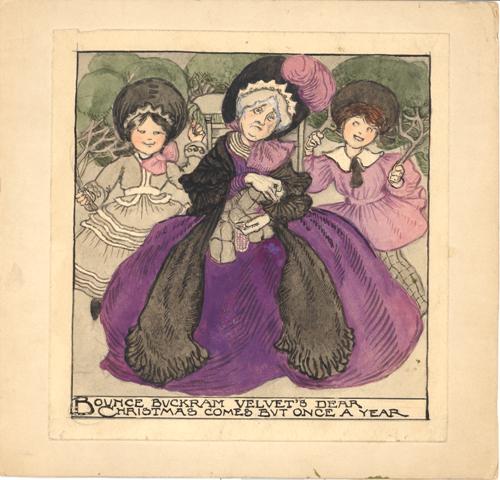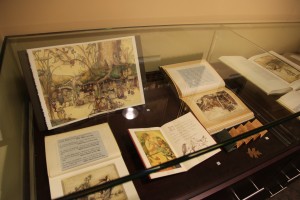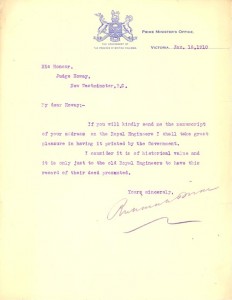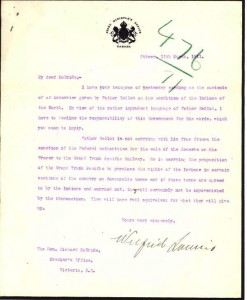As previously mentioned in our blog posts on British Columbia place names, many rooms in the Irving K Barber Learning Centre are named after rivers in British Columbia.
This week, we are exploring the history of the Nicola River, after which room 322, a group study room, is named after. According to BC Geographical Names , the Nicola River, one of the major tributaries of the Thompson River, was named after a Nlaka’pamux (Thompson River Salish) chief named Hwistesmexe’quen, or “walking grizzly bear.” According to the third edition of British Columbia Place Names, Hwistesmexe’quen (1785?-1865) was recognized by the fur traders as “the most powerful and influential chief in the Southern Interior of British Columbia” (pg. 190). The French-speaking fur traders nicknamed him “Nicolas” which Hwistesmexe’quen’s people pronounced “Nicolas” first as Nkwala, and eventually as Nicola.
Located in the South-Central Interior of British Columbia, the Nicola River was first mapped by Alexander Caulfield Anderson (1814-1884), on his manuscript map of 1849. On the map, the Nicola Lake and Nicola River are shown as “Lac de Nicolas” and “R.Nicolas.” The British Columbia (B.C.) Archives holds a copy of this map, in the archives of Anderson, a Hudson’s Bay Company fur trader. Many unique items, such as Anderson’s manuscript map, are held by the B.C. Archives. The B.C. Archives is an important place to visit if you are planning on doing research into the history of British Columbia; since 1894, the archivists in the BC Archives have collected and provided access to the records of the Provincial government. In addition to visiting the Archives, you may wish to plan a visit to the Research Library, which holds over 70,000 rare and unique items documenting the exploration and development of British Columbia.
If you are interested in learning more about Anderson, and his mapping of the province, including the area that that the Nicola River runs through, you may wish to attend the next meeting of the Historical Map Society of British Columbia. On February 6, 2012, Nancy Maguerite Anderson, the great-grandaughter of A.C. Anderson, will be speaking about her book, The Pathfinder: A.C Anderson’s Journeys in the West (Heritage House Publishers, 2011). The Historical Map Society of British Columbia meets at 7:00 p.m. in the Chilcotin Board Room (room 256), in the Irving K Barber Learning Centre.
Nancy’s blog, Fur Trade Family History, is a rich resource of information relating to the history of British Columbia. For example, see her entry on the mapping of the Nicola River and Valley; in addition to providing an overview of Anderson’s mapping of the area, she provides many photographs of the Nicola Valley today.






